Downlight’s pepper your ceiling with holes through which you loose heat in the winter and gain it in summer. To make your home safer and more energy efficient you need some form of cover over them.
- Halogen vs LED heat considerations
 Halogen globes get very hot and produce a lot of heat when turned on. This creates a fire risk which covers guard against. Halogen globes (which have a short life anyway) are relatively unaffected by the heat.The image to the right shows a Halogen globe at 168 degrees celcius.
Halogen globes get very hot and produce a lot of heat when turned on. This creates a fire risk which covers guard against. Halogen globes (which have a short life anyway) are relatively unaffected by the heat.The image to the right shows a Halogen globe at 168 degrees celcius.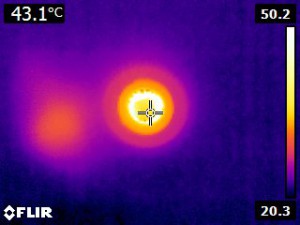 LED’s don’t produce much heat but they like to be cool when they’re on. LED’s operating under higher temperatures have shorter lives. Placing a cover over the fittings will reduce heat loss but can also shorten the life of the LED light.The image to the right shows an LED lamp at 43 degrees celcius.
LED’s don’t produce much heat but they like to be cool when they’re on. LED’s operating under higher temperatures have shorter lives. Placing a cover over the fittings will reduce heat loss but can also shorten the life of the LED light.The image to the right shows an LED lamp at 43 degrees celcius. Thirdly transformers produce a significant amount of heat also. A cover should be used that ensures it is mounted with good airflow, not covered by insulation or too close to combustible materials.The image to the right shows the heat of the transformer radiating through the plaster board ceiling.
Thirdly transformers produce a significant amount of heat also. A cover should be used that ensures it is mounted with good airflow, not covered by insulation or too close to combustible materials.The image to the right shows the heat of the transformer radiating through the plaster board ceiling.
- Barrier Standard
- Australian standard AS5110 details how downlight’s should be covered for safety. An important consideration for this standard is that even though you might install an LED globe, a future owner or tenant may install a Halogen globe into the same fitting if it will accept it. Efficiency Matrix have a good write up on this topic that’s worth reading.
- Fire
- Whilst LED’s and their drivers generate less heat than halogen’s this is still an issue. The covers below all reduce the risk of fire from downlight’s and their transformers.
- Insulation
- Draft & gap sealing: Most downlight fittings have gaps both around the fittings and often around the globes also. These gaps create problems by
- Letting warm air escape through convection.
- When ducted heating/cooling if internal doors are closed some rooms will be under positive air pressure which will thus escape through these gaps. Like wise if doors are closed nearer the return air vent negative air pressure will suck air in from your ceiling through these gaps.
- This is a really big issue – the amount of air flowing through the downlight holes whilst doing the insulation with the air conditioning running was quite significant. Not only are you loosing warm air but your air conditioner is subsequently having to work hard as it must then suck in cold air from outside to maintain pressure. Heating this requires more energy.
- The gaps allow dust and contaminants from your ceiling down into your house.
- Ceiling insulation: without a downlight cover, ceiling insulation must be kept well away from the light and transformer due to fire risks. This creates a large uninsulated areas around every light fitting. Downlight covers allow insulation to be brought much closer to or over the cover itself in varying degrees.
- Draft & gap sealing: Most downlight fittings have gaps both around the fittings and often around the globes also. These gaps create problems by
Downlight cover options that are available in Australia:
Downlight Mitt Cover
This cover from Efficiency Matrix has the major advantage that it can be installed from below the ceiling through the hole for the light fitting itself. This is useful where access is not available (multi level dwellings and flat ceilings) and also makes for easier installation.
The downlight mitt is surprisingly thick given it’s flexibility offering good insulation in the cover itself.
Tenmat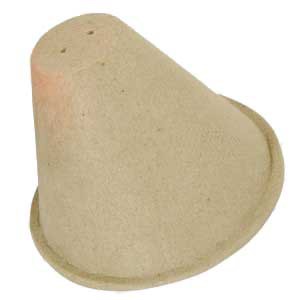
The cover itself is insulated and insulation can be brought right up to the sides of the cover. Ceiling access is required for installation and the cover must be glued down to create an air seal.
Isolite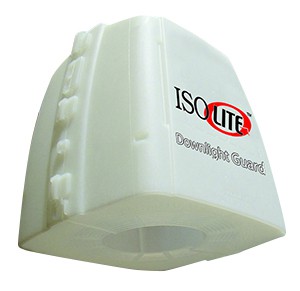
The cover seals the hole preventing airflow around the fitting whilst also offering fire protection. An optional holder for the transformer is available which attaches to the side of the cover.
Downlight Igloo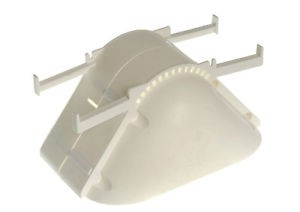
This cover works in much the same way as the Isolite cover. It includes ventilation holes which reduce the build up of heat for halogen globes but also allow more heat to escape from the rooms below.
Having used all of these products with the exception of the Igloo, the Efficiency Matrix Downlight Mitt is my pick of the bunch given the high level of insulation and ease of installation.

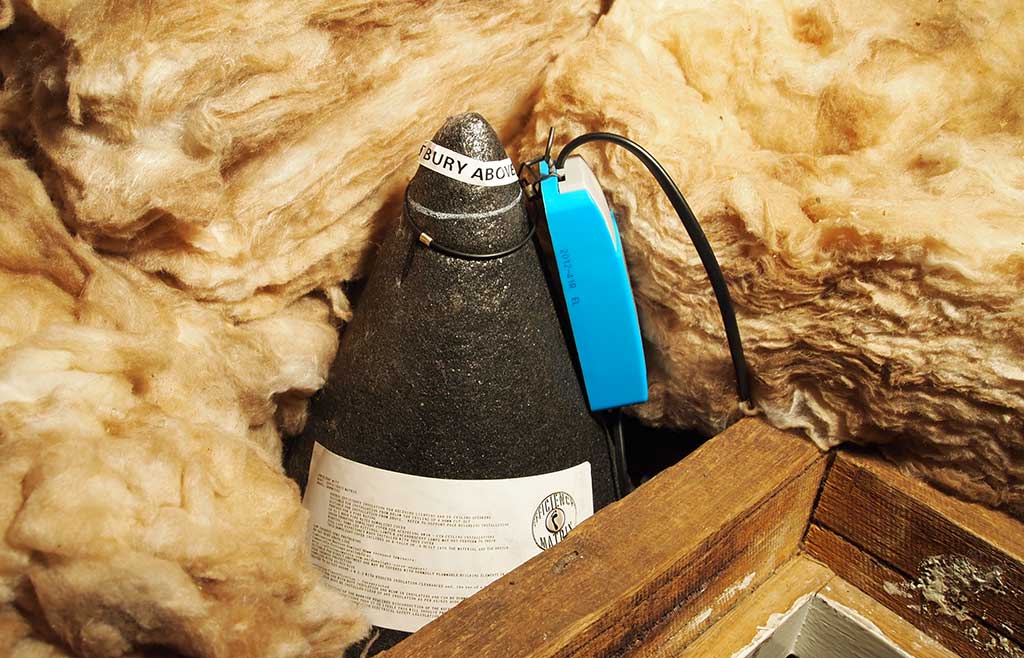



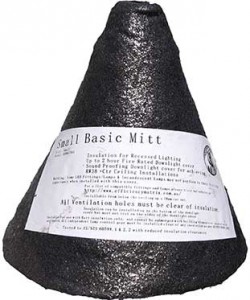





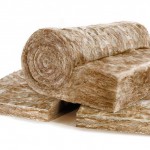
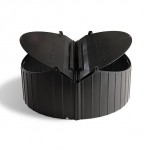
Respond to Downlight covers